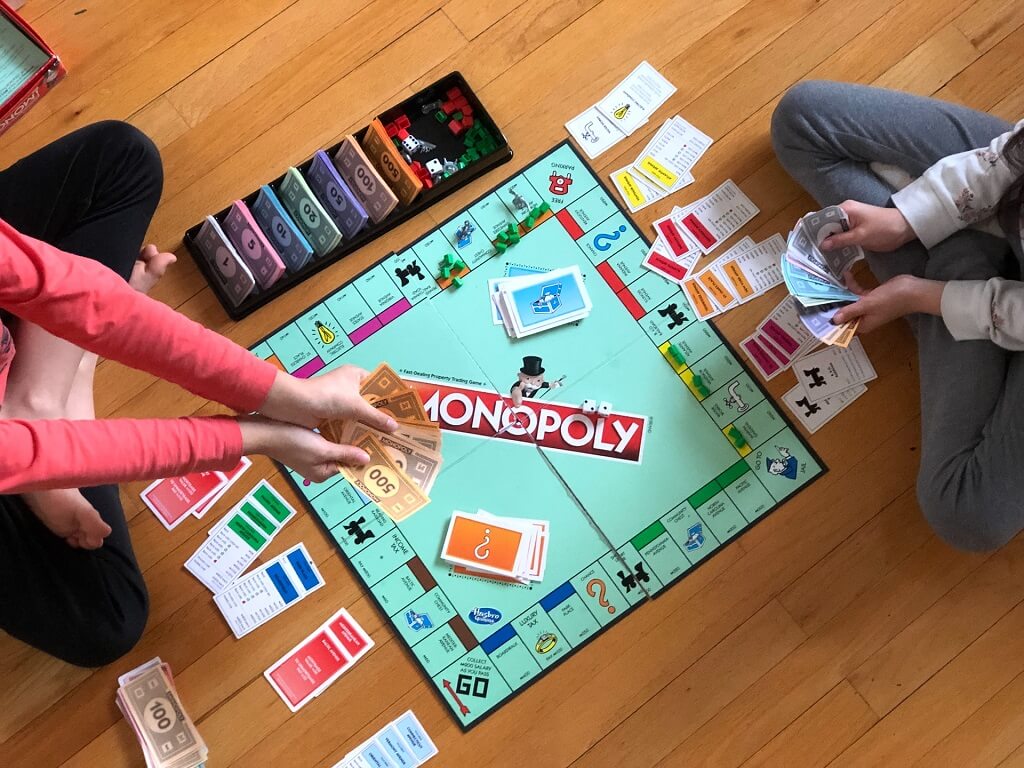Board games have been a beloved pastime for centuries, providing entertainment and fostering social connections among players of all ages. Whether you’re a fan of traditional games like Monopoly or prefer modern games like Settlers of Catan, you’ve likely noticed that these board games consistently rise to the top of the popularity charts.
But what exactly do these games have in common that makes them so success and enduringly popular? In this article, we’ll explore the common features that make the most popular board games stand out.
Table of Contents
Engaging Gameplay
These popular games often have straightforward rules and mechanics that are easy to learn but challenging to master. For example, games like Chess and Checkers have simple rules, yet they offer endless strategic depth, making them timeless classics.
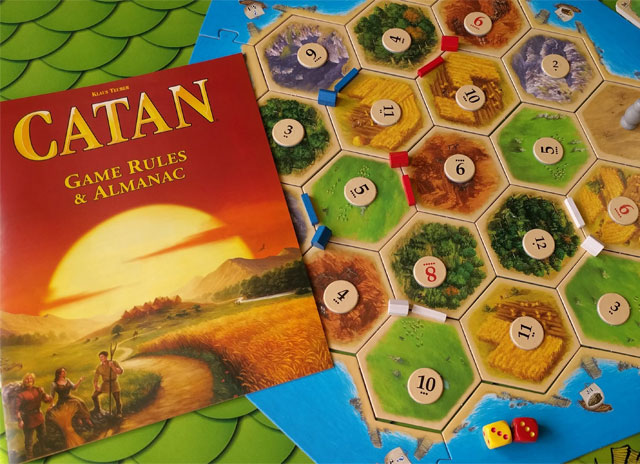
In addition to accessible rules, popular board games often feature dynamic and interactive gameplay that keeps players engaged from start to finish. Games like The Settlers of Catan encourage negotiation and resource management, fostering player interaction and decision-making throughout the game.
Balance of Skill and Luck
Another important characteristic of popular board games is the delicate balance between skill and luck. These games ensure that players have a chance to win through skillful play, but they also incorporate an element of luck to keep outcomes unpredictable and exciting.
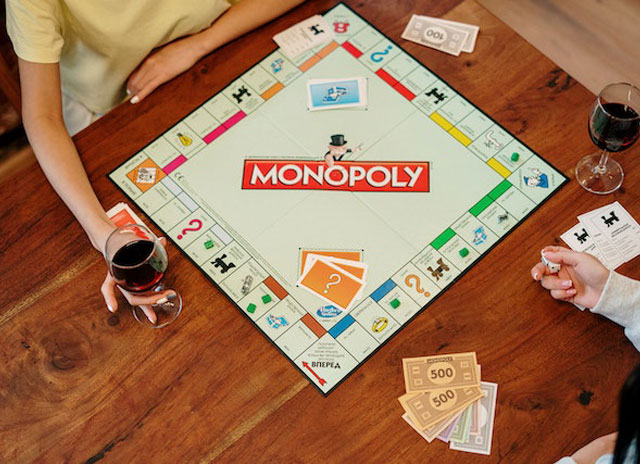
Monopoly, for instance, combines strategy in property management with the luck of the dice roll, creating a blend of calculated decision-making and unexpected twists. This balance ensures that even less experienced players can have a shot at winning against more seasoned opponents, adding to the game’s broad appeal.
Strong Theme and Immersion
Most of the popular board games boast strong themes and immersive worlds that draw players into the gameplay experience. For example, games like Ticket to Ride transport players to the era of train travel, while Pandemic places them in the shoes of disease-fighting specialists trying to save the world.
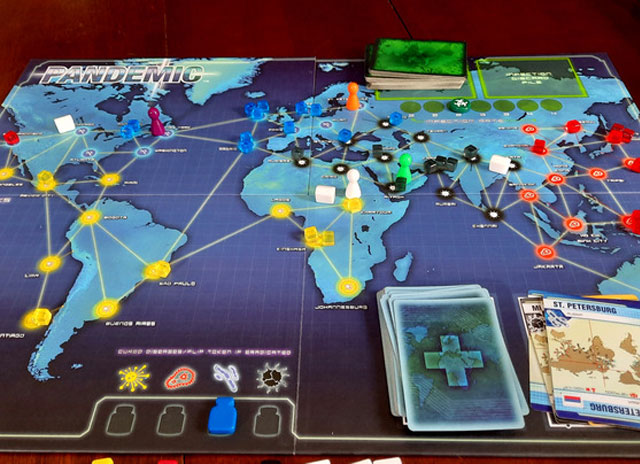
These themes not only make the games more enjoyable but also provide a framework for the gameplay mechanics. A compelling theme can enhance a player’s emotional connection to the game, making their victories more satisfying and their defeats more tolerable.
Replayability
Replayability is a crucial factor in the success of board games. These games offer varied experiences each time they are played, ensuring that players do not tire of them quickly. Many board games incorporate elements like randomized setups, different strategies, and changing player dynamics to keep each playthrough fresh.
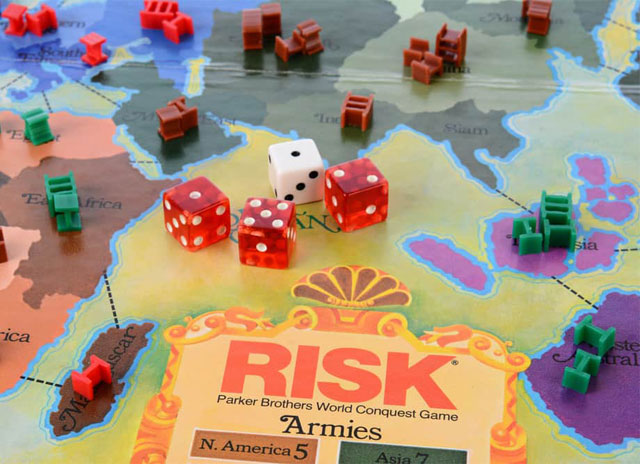
Games like Risk, known for their ever-changing political landscapes and player alliances, epitomize the replayability factor. Players are often eager to return to these games to try new strategies and navigate evolving situations.
Social Interaction
Board games are a great way to encourage social interaction among friends, family, or even strangers. The most popular games thrive on fostering interaction among players. They encourage conversation, negotiation, and friendly competition, making them ideal choices for gatherings with friends and family.
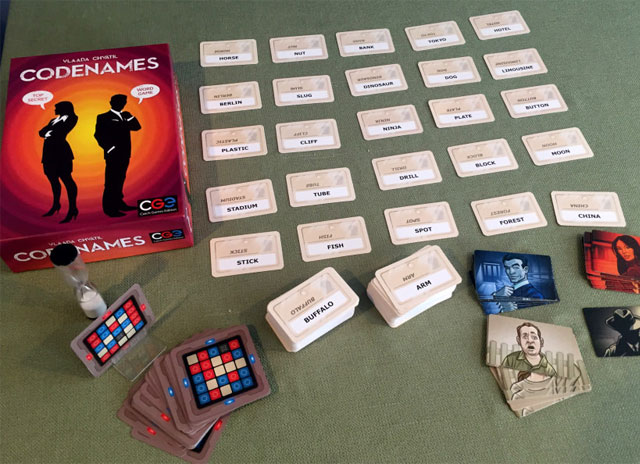
Party games like Codenames, which emphasize communication and teamwork, are excellent examples of how popular board games promote social bonding. These games create laughter, camaraderie, and memorable moments, solidifying their status as staples of social entertainment.
Accessibility
Popular board games are typically enjoyed by a wide range of players. They often feature clear rules and intuitive gameplay, allowing beginners to jump in quickly while offering enough depth to engage seasoned gamers.
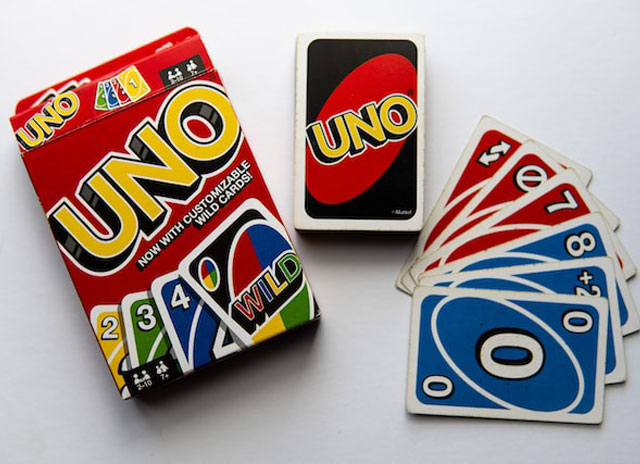
Games like Uno exemplify this accessibility, making them suitable for both children and adults. Their simplicity does not diminish the enjoyment for more experienced players, as these games can still involve strategic thinking and tactics.
Expansions and Variations
Expansions, variations, and adaptability are key elements that keep these famous board games fresh and exciting for long-time enthusiasts.
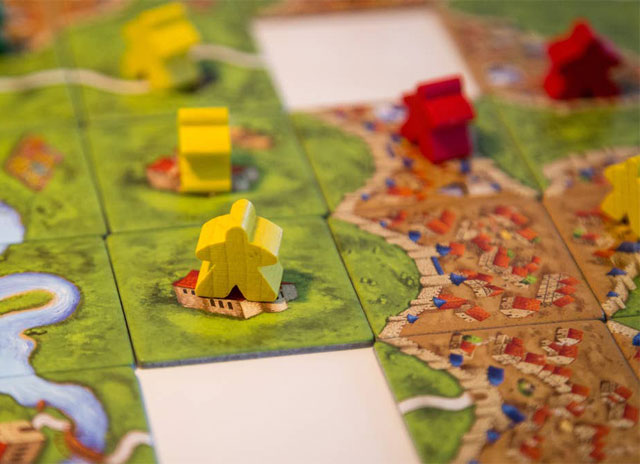
For instance, games like Carcassonne have expanded their gameplay with numerous expansion packs, introducing new tiles, rules, and strategies. This ongoing development keeps players engaged and invested in the game, ensuring it remains a popular choice in their collection.
Well-Designed Components
The most popular games often feature well-crafted game boards, detailed game pieces, and attractive artwork.
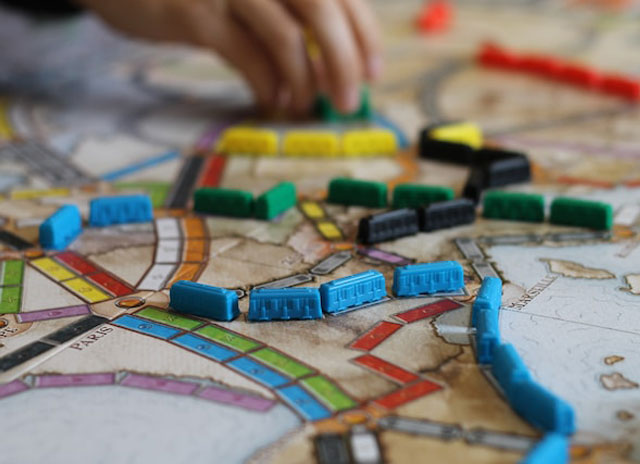
Take a game like Ticket to Ride, which features beautifully illustrated train cards and destination tickets, along with a colorful game board that represents various regions of the world. The attention to detail in the components not only enhances gameplay but also adds aesthetic value to the game.
Conclusion
While not all popular board games exhibit every one of these characteristics, they tend to possess a combination of these elements. To increase your chances of success, you should consider the above key factors that many popular board games have in common.


